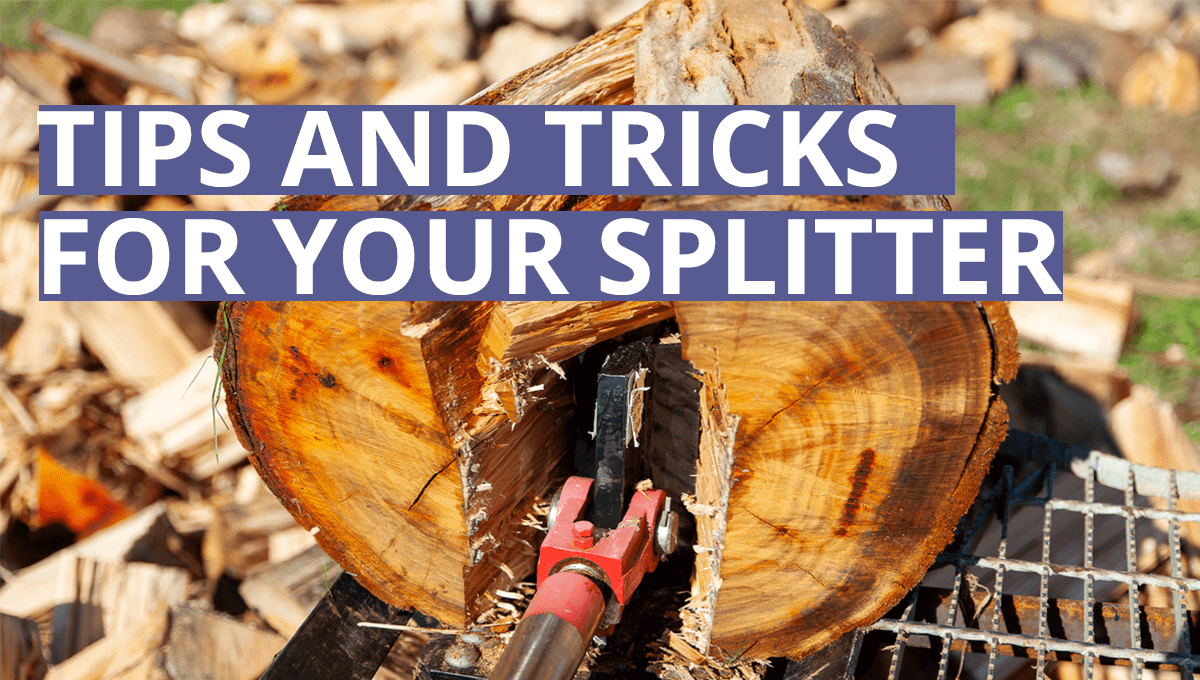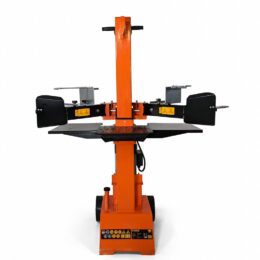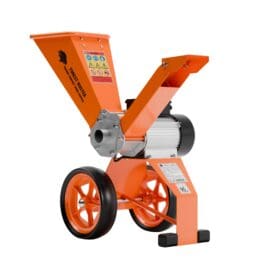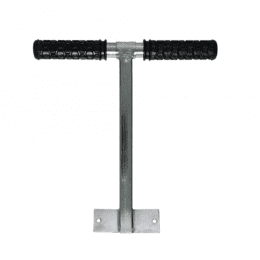Last Updated on March 29, 2021 by Forest Master
Using a log splitter seems simple in theory, put the log in and press go. But there are nuances to getting the most out of your splitter, be it increasing its splitting power or avoiding damage through best practices. This article will share some of the insider tips and tricks that we who split logs regularly know, and will keep your log splitter in top shape for years to come.
Read on to find out how to get the best out of your splitter, avoid damage, or the must haves for using your splitter.
Log Splitter Tips And Tricks
- Use the ramstop. You’ll be surprised how much time it saves per cycle, and if you’re cutting a whole pile of logs it could potentially save you hours.
- Aim to split the log off centre slightly. The centre is the densest part of the log, making it the hardest part to split. If you aim slightly off centre, your log splitter will have a much easier time.
- Use good quality oil. Not only will it last longer in the long run, but it’ll prevent loss of power to your splitter and keep it in tip-top shape for longer.
- Keep any knots in the wood pointing upward. As I’m sure you’re aware, knots are the biggest problem that splitters face. By keeping them pointing upward, it keeps the blade parallel to the knot. Failure to do this can cause damage to your splitter by bending the blade and/or pushing arm.
- Avoid splitting seasoned logs, if possible. Green logs are not only easier to split due to the higher moisture content, but the toughness of seasoned wood prevents it from being a smooth split, rather it will absorb the pressure and give suddenly, potentially turning your log into a wooden splinter bomb and this is one way injury can be caused. (Split green logs will also season quicker)
- Buy a stand, it’s worth it. Not only does it help with mobility, but it helps prevent a bad back from twisting and turning trying to use a splitter on the floor.
- Protection is important. Gloves even more so.
- And perhaps most importantly, keep the splitter level. An unlevel splitter simply won’t split as the hydraulic oil can’t flow properly, and this is by far the biggest thing that catches people out.
And finally, this isn’t so much of a tip but a piece of advice, close the bleed screw if you’re moving your splitter unless you want oil everywhere.
I hope you’ve learned something from this article, check out some of our other posts for even more insider tricks.








Hi, Should the vent be opened or closed when splitting wood with an electric splitter?
Hi,
The vent should always be opened when splitting wood. The vent should be closed for moving the log splitter or when in storage.
These tips are pure gold for anyone looking to get the most out of their log splitter! I never realized that splitting logs when they’re freshly cut (while still green) makes the job so much easier, or that keeping the blades sharp can improve efficiency dramatically. The idea of using a smaller wedge for knotty wood to prevent jams is a game-changer! Also, learning how to properly position the logs and maintain the splitter for longer-lasting performance are tricks that can save both time and effort. Definitely worth the read for both new and experienced users!